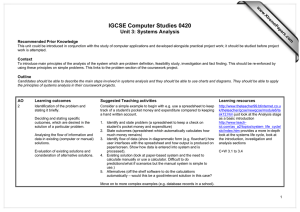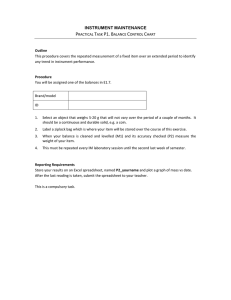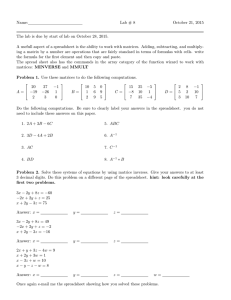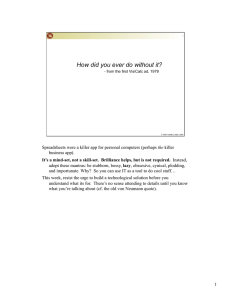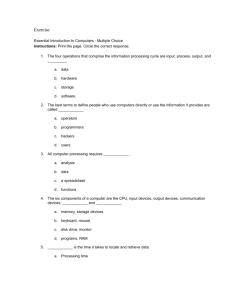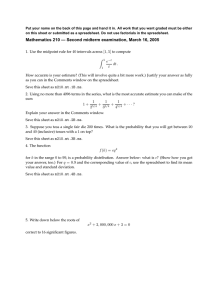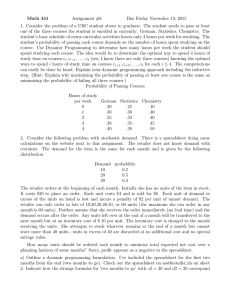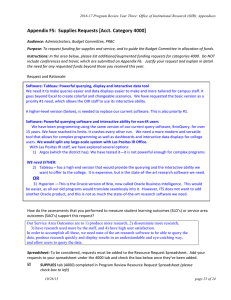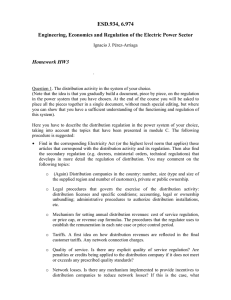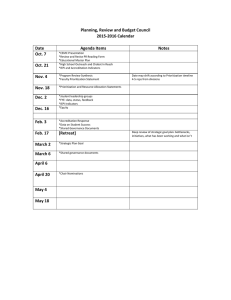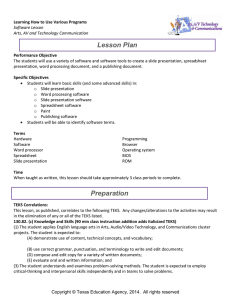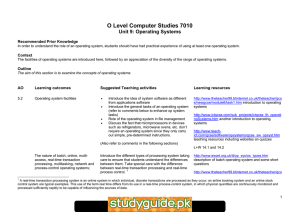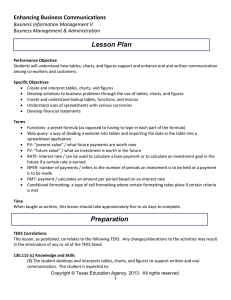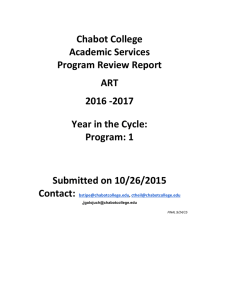O Level Computer Studies 7010 Unit 3: Systems Analysis
advertisement
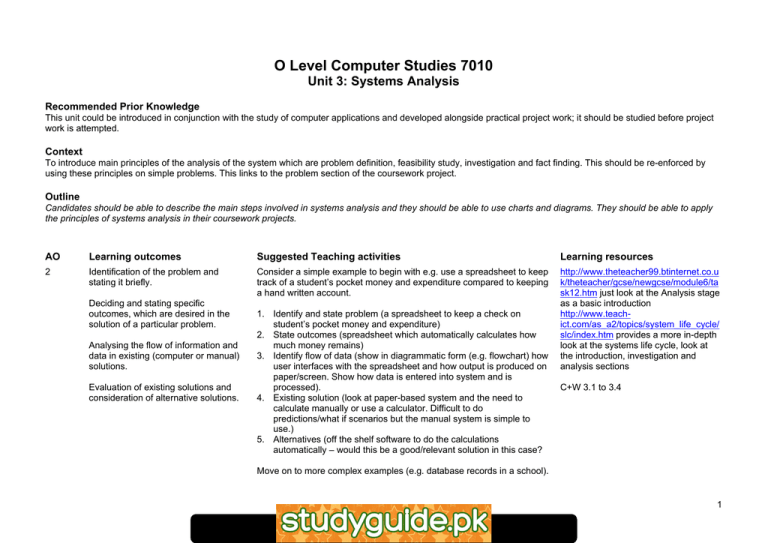
O Level Computer Studies 7010 Unit 3: Systems Analysis Recommended Prior Knowledge This unit could be introduced in conjunction with the study of computer applications and developed alongside practical project work; it should be studied before project work is attempted. Context To introduce main principles of the analysis of the system which are problem definition, feasibility study, investigation and fact finding. This should be re-enforced by using these principles on simple problems. This links to the problem section of the coursework project. Outline Candidates should be able to describe the main steps involved in systems analysis and they should be able to use charts and diagrams. They should be able to apply the principles of systems analysis in their coursework projects. AO Learning outcomes Suggested Teaching activities Learning resources 2 Identification of the problem and stating it briefly. Consider a simple example to begin with e.g. use a spreadsheet to keep track of a student’s pocket money and expenditure compared to keeping a hand written account. http://www.theteacher99.btinternet.co.u k/theteacher/gcse/newgcse/module6/ta sk12.htm just look at the Analysis stage as a basic introduction http://www.teachict.com/as_a2/topics/system_life_cycle/ slc/index.htm provides a more in-depth look at the systems life cycle, look at the introduction, investigation and analysis sections Deciding and stating specific outcomes, which are desired in the solution of a particular problem. Analysing the flow of information and data in existing (computer or manual) solutions. Evaluation of existing solutions and consideration of alternative solutions. 1. Identify and state problem (a spreadsheet to keep a check on student’s pocket money and expenditure) 2. State outcomes (spreadsheet which automatically calculates how much money remains) 3. Identify flow of data (show in diagrammatic form (e.g. flowchart) how user interfaces with the spreadsheet and how output is produced on paper/screen. Show how data is entered into system and is processed). 4. Existing solution (look at paper-based system and the need to calculate manually or use a calculator. Difficult to do predictions/what if scenarios but the manual system is simple to use.) 5. Alternatives (off the shelf software to do the calculations automatically – would this be a good/relevant solution in this case? C+W 3.1 to 3.4 Move on to more complex examples (e.g. database records in a school). 1 www.xtremepapers.net AO Learning outcomes Suggested Teaching activities Learning resources Then consider the stages in systems analysis (feasibility study, analysis, design, implementation, evaluation, etc.). Then consider more complex examples in some detail (e.g. stock taking/ordering in supermarket using bar codes etc.). S/market example could include: look at old manual system, how to choose hardware, look at queues (simulation), decide what software to use, transfer of files, best way to implement system (i.e. use a pilot scheme in this case study). Other examples from commerce and industry could be studied 2 www.xtremepapers.net
